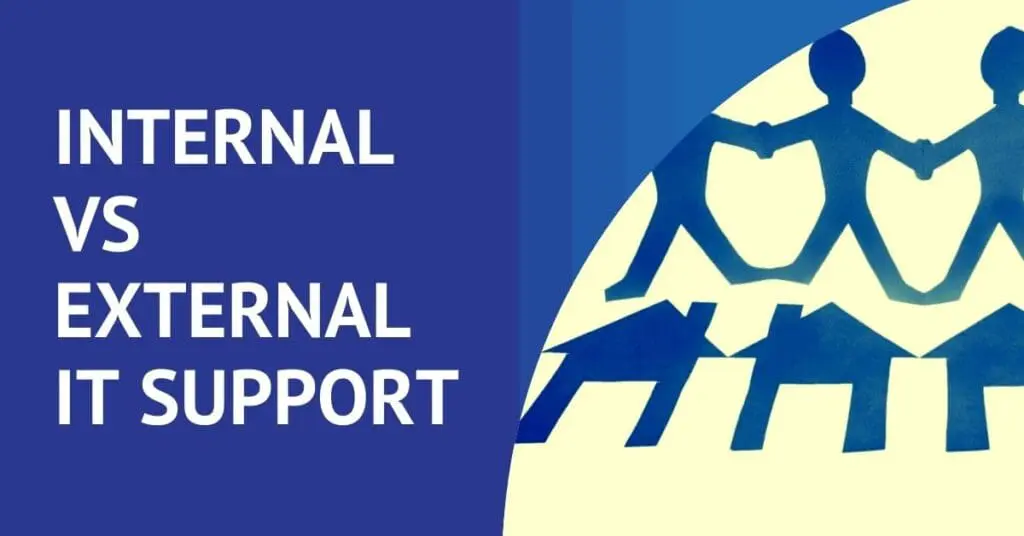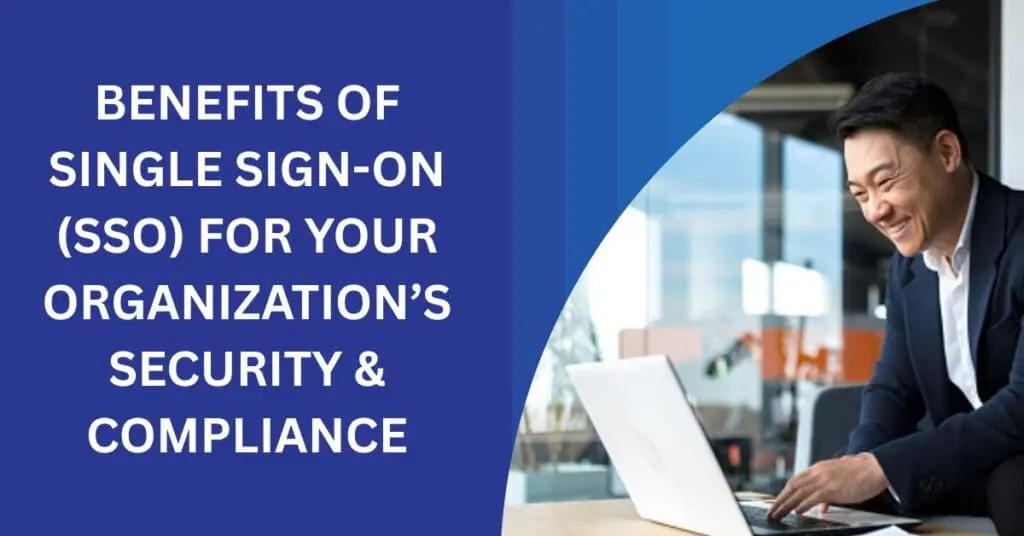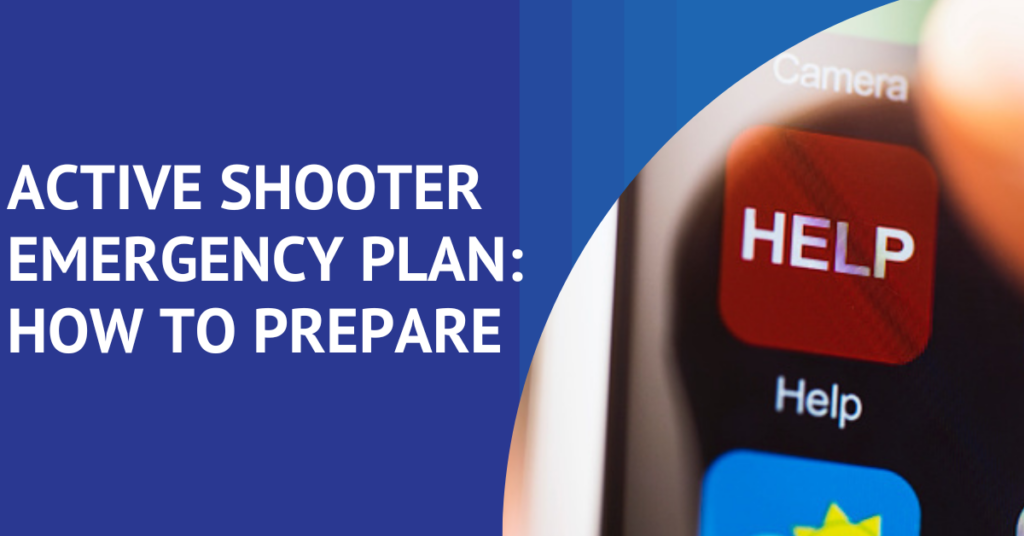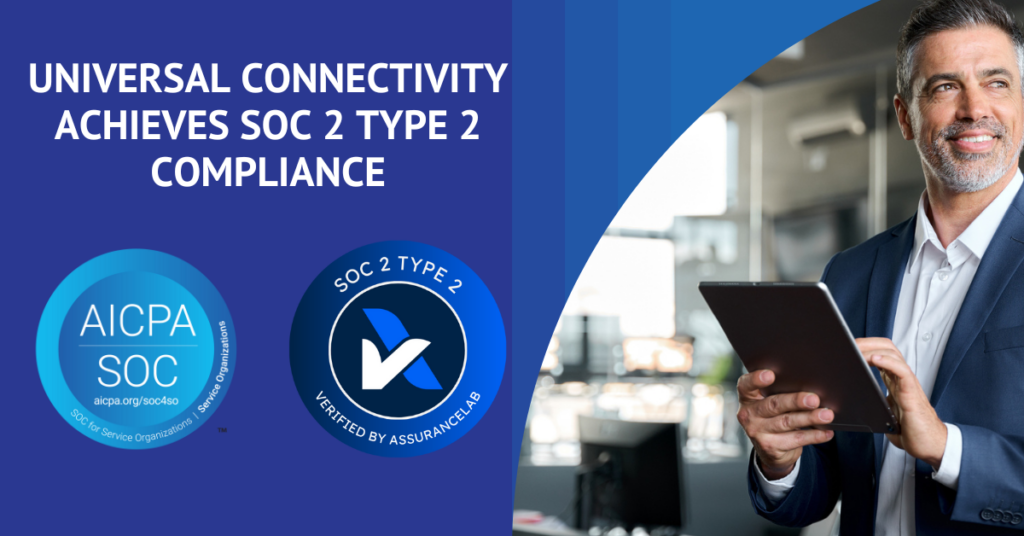Don’t Take the Bait! Phishing Attack Risks
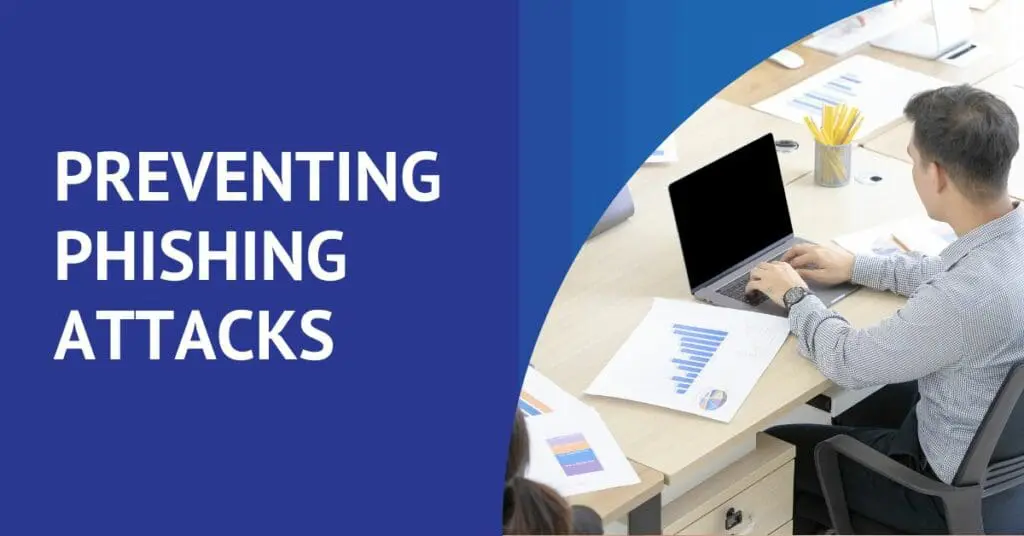
Phishing attacks are a type of cyberattack where the attacker poses as a trustworthy entity in order to steal sensitive information, such as passwords and financial data. These attacks can take many forms, including emails, phone calls, text messages, and websites that mimic legitimate sources. The goal of a phishing attack is to trick individuals or employees into giving away their personal or business information, which can then be used for malicious purposes, such as identity theft or fraud.
One of the biggest challenges with phishing attacks is that they are often difficult to detect, as the attackers go to great lengths to make their messages and websites appear legitimate. This is why it is so important to have robust cybersecurity policies in place and to test employees in order to put safeguards into place. By educating employees on what to look for and how to identify phishing attempts, organizations can reduce their risk of falling victim to these types of attacks.
Employee Training
One of the most effective ways to test employees is through simulated phishing attacks. This involves sending employees fake phishing emails, phone calls or text messages and tracking their responses. This can help identify which employees are more susceptible to phishing attacks, as well as which types of phishing attempts are most effective.
Another important aspect of testing employees is to provide them with regular training on how to detect and avoid phishing attacks. This may include training on how to identify suspicious emails, how to verify the authenticity of websites and how to report suspicious activity. Training should be ongoing, and employees should be tested on a regular basis to ensure that they are following best practices and remaining vigilant against phishing attacks.
Protecting Your Business From a Phishing Attack
Businesses can take several steps to protect themselves and their employees from phishing attacks. Some of which include:
- Investing in technology solutions that help detect and prevent phishing attacks. These solutions may include web filters and security tools that can identify and block malicious messages and websites. These tools should be regularly updated to ensure they are effective against the latest phishing attacks.
- Implementing email filters to identify and block phishing emails and encourage employees to report suspicious messages.
- Requiring strong, unique passwords. As counterintuitive as this next statement may seem, the practice of frequent password changes is not effective as once thought. It can be counterproductive in preventing phishing attacks because it encourages users to choose weak, easily guessable passwords to reuse across multiple accounts.
- Enabling multi-factor authentication for all online accounts to provide an extra layer of security.
- Regularly backing up important data to ensure that it can be recovered in the event of a successful attack.
Implementing these measures can help reduce the risk of a successful phishing attack and minimize impact on your business.
In-house or Outsourced Phishing Testing for Employees
The decision to insource or outsource phishing testing for employees depends on the size and resources of the business as well as the desired outcome of the phishing exercise.
Inhouse testing allows your business to have more control over the design, delivery and reporting of the exercises. This option can be more cost-effective for small businesses with a limited budget and technical expertise to design and execute the tests.
Outsourcing testing to a third-party vendor can be a good option for larger businesses with complex security requirements. Third-party vendors typically have more experience and expertise in conducting the exercises and can provide more advanced reporting and analysis of the results. This option can also be more cost-effective and efficient for larger businesses, as it eliminates the need for in-house resources.
There’s No “Catch”
A phishing attack can be a serious threat to organizations and individuals alike. By testing employees and providing them with regular training, organizations can help protect themselves against these attacks and reduce the risk of sensitive information falling into the wrong hands. Additionally, by investing in technology solutions and staying vigilant, organizations can help ensure that they are protected against the latest phishing tactics and threats.
Schedule a consultation with Universal Connectivity to gain an understanding of risk and a working knowledge of your organization’s level of cyber security and compliance preparedness.
Choosing a Business Phone Provider
How do you choose the right business communication partner to help your business thrive? Grab our free, one page checklist. Compiled based on years of experience, this download can help you jump start your search and selection process and:



